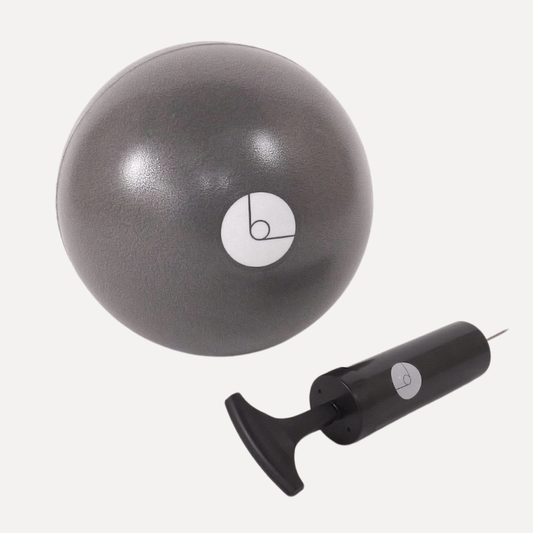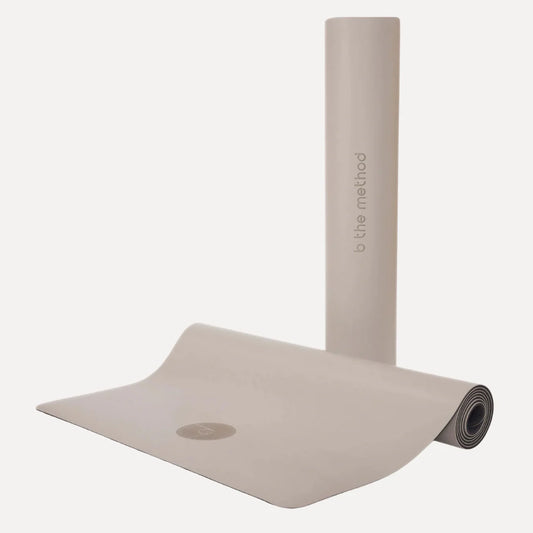Why Use B the Method toStrengthen Bones and Joints?
This program is designed to enhance bone density and joint health by applying gentle stress on the bones, which is essential for promoting new bone growth and maintaining bone strength. The method not only helps mitigate the risk of osteoporosis but also aids in the maintenance of healthy joints by improving flexibility and reducing stiffness. Focus on proper form and balanced muscle engagement acts as a protective measure against potential injuries and degenerative joint conditions.
Lia's Top Picks Bones & Joints Workouts
Lia's Tips ForBone & Joint Strengthening
Frequently Asked Questions
-
Can strengthening exercises reverse bone density loss?
Strengthening exercises can significantly impact bone health. While they may not completely reverse bone density loss, exercises can increase bone density in younger individuals and slow the rate of bone loss in older adults. Consistent, targeted exercise stimulates bone remodeling – the process where new bone tissue gradually replaces the old, improving overall bone density and strength. It's a proactive measure to maintain bone health and reduce the risk of osteoporosis and fractures.
-
How do I balance joint safety with effective bone strengthening?
Balancing joint safety with bone strengthening involves choosing exercises that minimize stress on the joints while effectively loading the bones to promote density. Low-impact exercises like walking, swimming, and cycling are excellent for those with joint concerns, as they increase bone strength without putting undue pressure on the joints. Resistance training, using bands or weights, can be tailored to apply the necessary stimulus for bone growth while controlling the movement to protect the joints.
-
Is age a factor in the effectiveness of bone and joint strengthening exercises?
While it's true that younger bodies may respond more quickly to physical conditioning, individuals of all ages can benefit from bone and joint strengthening exercises. The key is to tailor the exercise program to your age, health status, and fitness level, ensuring that the workouts are both safe and effective. Older adults, in particular, can see significant benefits in terms of improved mobility, reduced risk of falls, and a decrease in the symptoms of osteoarthritis and osteoporosis with a consistent exercise regimen.
-
Can these exercises help with arthritis pain?
Yes, targeted exercises can help manage arthritis pain by strengthening the muscles around the joints, thereby reducing the burden on the joints themselves. This can lead to improved joint function, decreased pain, and enhanced quality of life. However, it's important to choose exercises that are appropriate for your specific type of arthritis and to work within your comfort zone to avoid exacerbating the condition.
-
What role does hydration play in bone and joint health?
Hydration is crucial for overall health, including the health of your bones and joints. Water helps to maintain the elasticity of your ligaments and tendons, ensuring that your joints can move freely. Additionally, staying hydrated helps to keep the cartilage in your joints hydrated and healthy, which can reduce the risk of joint irritation and pain. Moreover, adequate hydration is essential for the proper transportation of nutrients that support bone health.









